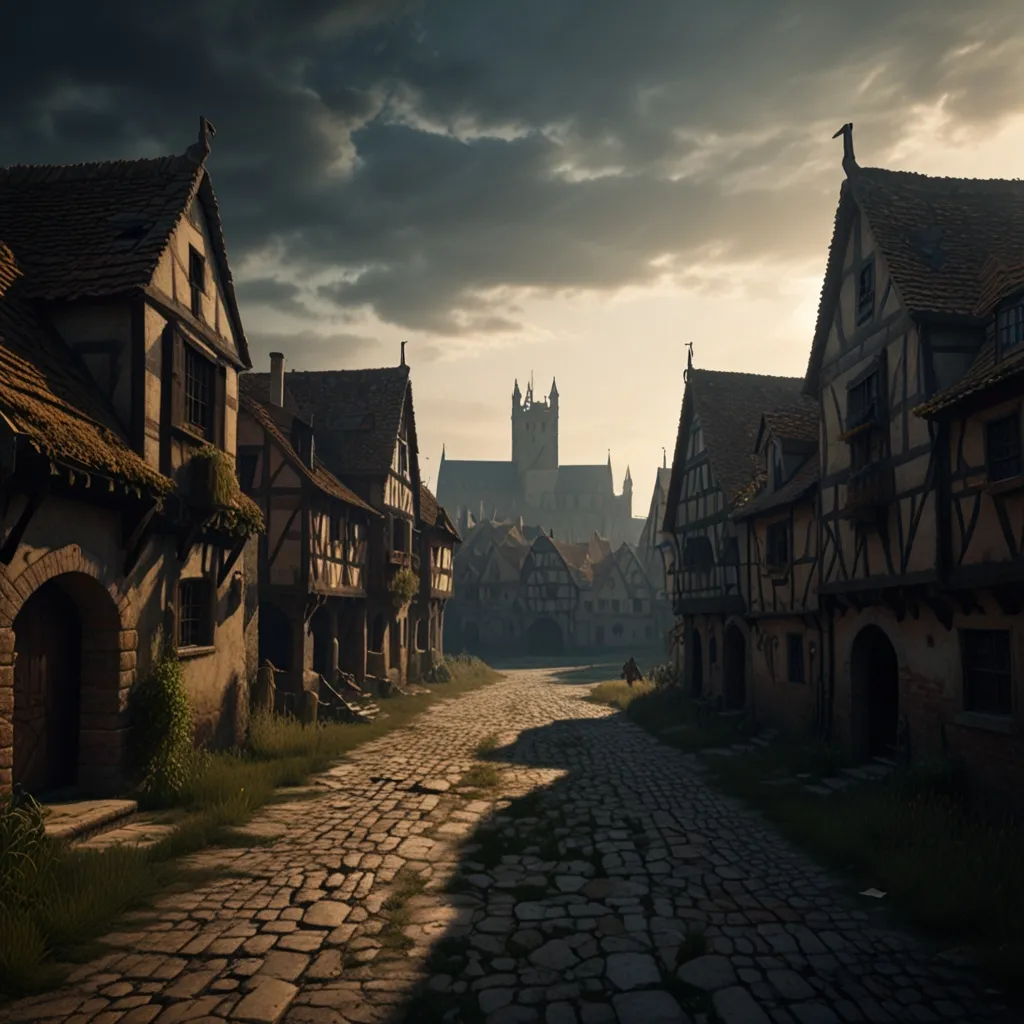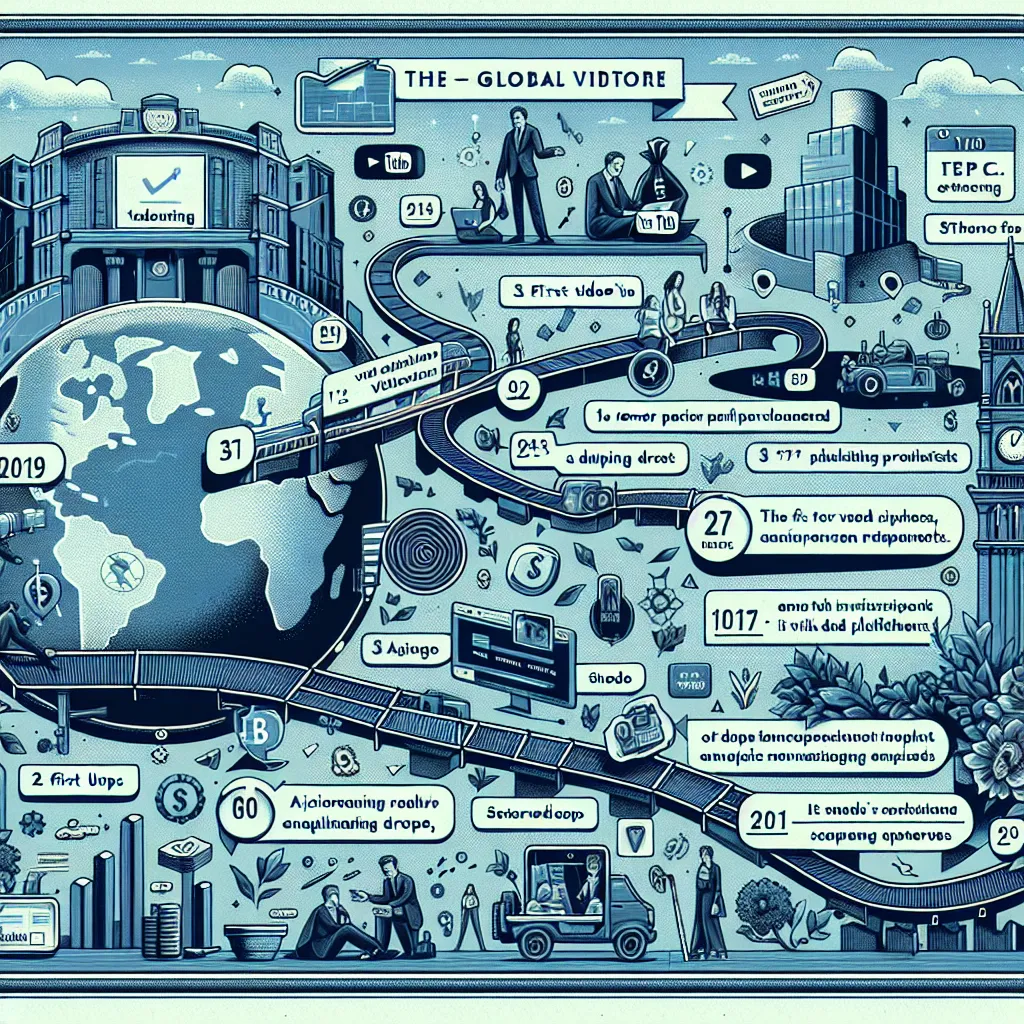In the past few decades, there’s been a fascinating trend known as the illusion of choice. When stepping into a supermarket, the overflowing shelves can be overwhelming with the myriad of products available. However, you might be surprised to learn that many competing brands are often owned by the same company. This multi-brand strategy is prevalent across numerous consumer industries, and it’s not just limited to grocery stores. Take the restaurant sector, for instance. Did you know that KFC, Pizza Hut, and Taco Bell are all owned by the same company, Yum Brands?
Let’s start with KFC and its famous founder, Colonel Sanders. Born Harland Sanders, he opened his first restaurant in 1930 at a Shell gas station in North Corbin. Amidst the Great Depression, running a gas station wasn’t exactly lucrative, which is why Shell allowed Sanders to take over. At 40 years old, Sanders had already bounced between a dozen jobs, always struggling to make ends meet. But his fried chicken recipe became a hit, eventually earning him local celebrity status.
In 1952, Sanders franchised his chicken recipe to Pete Harman, a restaurant owner near Salt Lake City, and the partnership proved immensely successful. By 1960, there were 200 franchised restaurants, and by 1963, that number surged to over 600. Eventually, managing KFC became too overwhelming, and at 74, Sanders sold the company for $2 million.
Next, let’s talk about Pizza Hut. This iconic pizza chain began in 1958, thanks to Dan and Frank Carney. Inspired by a local pizza joint near their university campus in Wichita, they decided to start their own pizzeria and named it Pizza Hut. The business quickly took off, and by 1966, Pizza Hut had expanded to over 145 restaurants. By 1971, with 1,000 restaurants globally, it became the largest pizza chain in the world. The Carney brothers eventually took the company public in 1972, solidifying their success.
Lastly, we have Taco Bell, created by Glen Bell. After witnessing the horrors of WW II, Glen sought a more joyful path by opening a hot dog stand in San Bernardino in 1946. Fascinated by a nearby Mexican restaurant, Glen learned the art of making tacos and soon ventured into Mexican fast food. By 1962, he opened the first Taco Bell in Downey, California. Like Sanders and the Carney brothers, Bell capitalized on the franchising boom of the 1960s. By 1970, Taco Bell had 325 franchised restaurants and went public.
Here’s where PepsiCo enters the picture. In the late 1970s, PepsiCo foresaw the dominance of franchise chains in the global restaurant industry. They acquired Pizza Hut and Taco Bell, and by 1986, they bought KFC for $850 million. For a moment, PepsiCo was the largest restaurant company in the world. However, in 1997, PepsiCo spun off its restaurant business into a new company. This newly formed company, initially named Tricon Global Restaurants, rebranded to Yum Brands in 2002. The rebranding reflected their multi-brand strategy, and they have since become a giant, particularly in China.
Despite some challenges, including supplier bankruptcies and health scares like the Avian Flu epidemic, Yum Brands has thrived. Today, Yum Brands is the largest restaurant company in the world, a testament to the power of strategic multi-brand management. Comparing their stock prices against PepsiCo’s reveals just how successful they’ve become.
This story of Yum Brands showcases the incredible journeys behind KFC, Pizza Hut, and Taco Bell, and underscores the importance of strategic business decisions in the restaurant industry. If you enjoyed learning about Yum Brands, feel free to explore more stories of other amazing companies.






